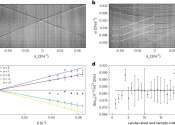Researchers show it's possible to teach old magnetic cilia new tricks
Magnetic cilia—artificial hairs whose movement is powered by embedded magnetic particles—have been around for a while, and are of interest for applications in soft robotics, transporting objects and mixing liquids. However, ...









